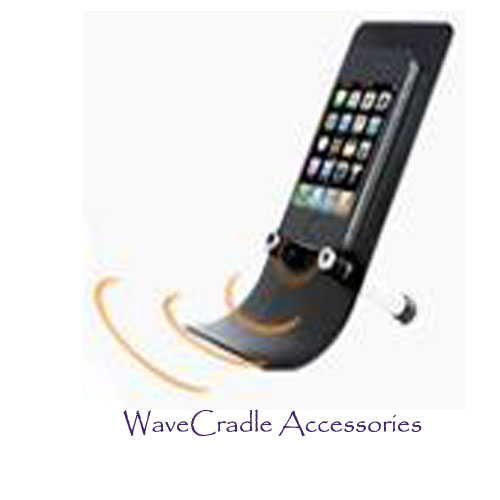 2012 Scion iQ
2012 Scion iQ
Smallcars such as the Mini Cooper or Fiat 500 have a cuteness that makes them seem like toys. you should be able to buy them 10 to a pack from the shelf next to the gas station cash register. and the Scion iQ looks more toylike than any car on the market.
Its wheels and headlights seem too big for its body. The wraparound rear window belongs on a concept car. The windshield overwhelms the front. The iQ is too stubby, and seems like one of Hot Wheels’ wilder designs.
But the iQ packs some surprising utility. At a glance, you would assume this 10-foot-long car is, like a Smart, a two-seater. But it actually does have a rear seat. Scion calls it 3+1 seating, as the left rear seat, behind the driver, only gets leg space if the driver is very short.
In fact, you can’t move the driver seat forward enough to get in the back seat from that side; only the passenger side slides forward far enough. Toyota, which sells the car in other markets under its own brand, engineered the car for minimum length and maximum passenger room. Removing the glovebox and centrally locating the air conditioning unit left space in front of the passenger seat.
As such, people can fit in the driver, passenger, and right rear passenger seat with relative ease, but the left rear is better left for cargo or a child seat. The car also has a rear hatch, but there is no cargo room unless you put at least one of the rear seats down. to give a feeling of more interior space, Toyota built in more passenger width than in a Corolla.
The huge advantage of this very short car is in parking. Drive in any major city, and you will be amazed at the number of parking spaces that become possible. many curbsides too short for most cars easily fit the iQ. Scion even demonstrated how two of them can fit in a single metered spot in San Francisco.
Given such a small car, you would expect a small engine. The iQ meets that expectation with a 1.3-liter four-cylinder under the hood, a tiny little mill using variable valve timing to eke out 94 horsepower and 89 pound-feet of torque. Mated to a continuously variable transmission (CVT), the only option, the iQ gets a surprising amount of push. it steps off the line smartly, its engine winding out with a tortured sound.
It proved more than adequate for low-speed city driving, having the oomph to dodge and dart through traffic. But it lost steam easily–we had it floored while climbing a city hill as the iQ had given all the power it had available. The driving quality suffers, especially under acceleration, from the uneven power delivery of the CVT.
Despite all that, the iQ proved drivable on the freeway, running up to speeds of 70 mph and passing other traffic. Under these circumstances, the iQ felt much more stable than the Smart. We even ran it down a winding mountain road, definitely not the car’s native environment, but it did just fine, the short wheelbase allowing for quick turn-in.
Scion addresses the safety concerns one might have about such a small metal cage by fitting the iQ with 11 airbags, standard. it even comes with a rear-window airbag, effectively encasing the occupants in a beach ball in the event of a crash. to help avoid accidents, the iQ comes standard with traction and stability control on its front disc and rear drum brakes.
The car’s fuel economy is an odd story. Under EPA testing, it achieves 36 mpg city and 37 mpg highway. Some might scoff at how its highway number doesn’t hit 40 mpg, the magic number to which the rest of the industry strives.
But it actually boasts the highest combined economy, at 37 mpg, of any non-hybrid car. even the Smart only gets 36 mpg combined. During a run over freeways and mountain roads the trip computer showed us 38.8 mpg, but we weren’t able to get a tank average during this drive.
Being a tech-oriented site, the high point of the drive for us was getting hands-on with Scion’s recently announced new premium stereo head unit. The base and premium units come from Pioneer, while a third option brings in navigation. But the premium Pioneer system is the most interesting, as it not only has HD Radio and Bluetooth audio streaming, but also comes with Pandora integration.
The Pandora interface worked great, with easy access to the station list. Touch-screen controls let you give a song the thumbs-down or thumbs-up. The system only works with Pandora on theiPhone, which has to be plugged into the car’s USB port. of course, the iPhone’s own music library also becomes available through the car interface.
A Bluetooth phone system is also integrated with the base and premium head units, and should offer full contact-list access.
Scion says it will offer a body kit and over 25 different customization accessories at launch. The iQ initially becomes available on the West Coast this October, for a price of $15,995 including destination. Scion will roll out the iQ in other regions, promising full availability by March of 2012.